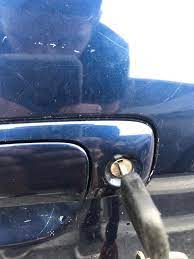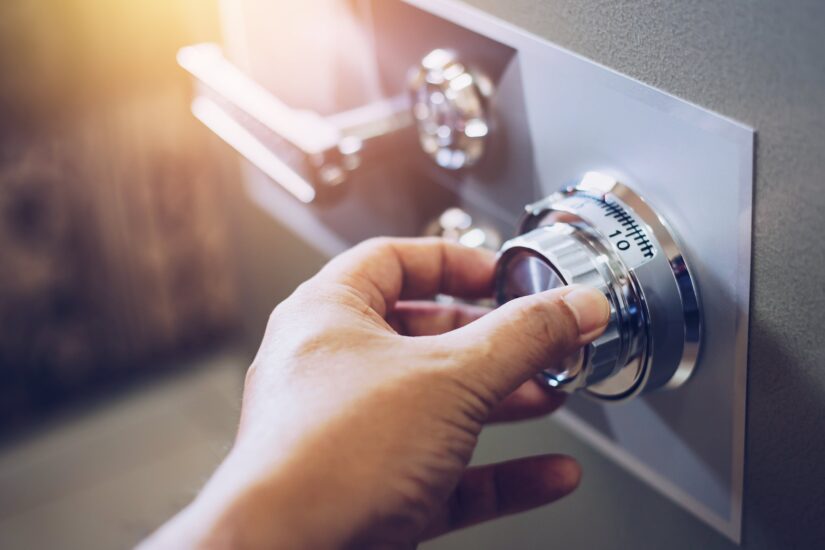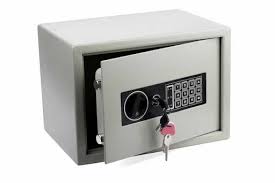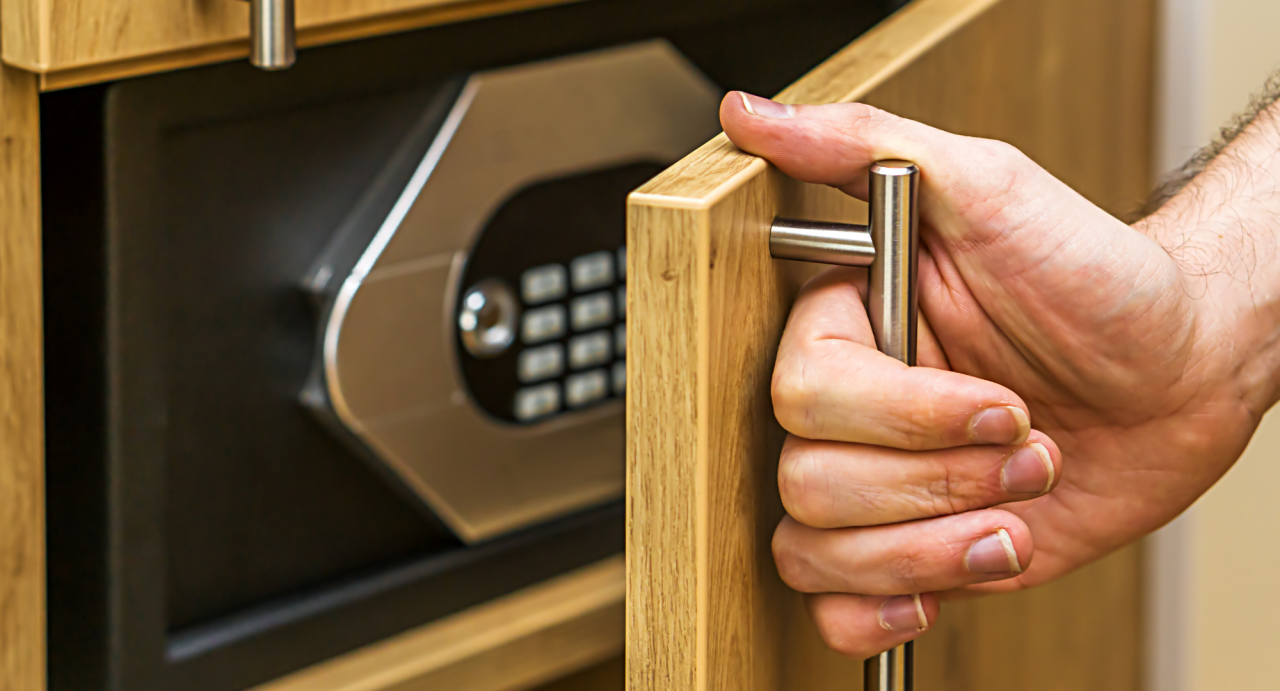Car door lock jamming can be a frustrating and inconvenient issue for vehicle owners. In this comprehensive guide, we’ll explore effective tips for regular maintenance to prevent car door lock jamming. From understanding the causes of jamming to implementing preventive measures, each section aims to empower car owners with the knowledge needed to keep their door locks functioning smoothly. Throughout the guide, we’ll also highlight insights and expertise from 1st Choice Locksmith, providing advanced solutions for addressing and preventing car door lock issues.
Car door lock jamming is not only an inconvenience but also a potential security risk. By following the advice and recommendations in this guide, car owners can ensure that their door locks remain in optimal condition, providing peace of mind and hassle-free access to their vehicles. Let’s dive into the various aspects of car door lock maintenance and prevention to keep those locks working smoothly for years to come.
1. Introduction: Unraveling Car Door Lock Jamming
Understanding Car Door Lock Jamming:
Gain insights into the common causes of car door lock jamming, from weather-related issues to internal mechanical factors. Establish a foundational understanding of the problem. Car door lock jamming can be a frustrating and inconvenient issue, but understanding the potential causes can help in finding a solution. Weather-related issues such as extreme temperatures or moisture can affect the functioning of the lock, while internal mechanical factors like worn-out components or debris can also contribute to the problem. By identifying these common causes, you can begin to address the issue and prevent future lock jamming.
2. Causes of Car Door Lock Jamming: Weather and Beyond
Impact of Weather Conditions:
Explore how weather conditions, including extreme temperatures and precipitation, can contribute to car door lock jamming. Understand the specific challenges posed by different climates. Extreme temperatures can cause metal components of car door locks to expand or contract, leading to jamming. In cold climates, moisture can freeze inside the lock mechanism, preventing it from functioning properly. Want to know how to deal with winter door lock repair? Dive in!
On the other hand, in hot and dry climates, dust and debris can accumulate inside the lock, causing it to jam. Additionally, heavy precipitation can lead to rust and corrosion, further complicating the issue. Understanding the specific challenges posed by different climates is crucial for implementing effective preventive measures and maintenance routines.
Dust and Debris Accumulation:
Learn about the role of dust, dirt, and debris in causing jamming. Discover how these particles can infiltrate the lock mechanism and hinder smooth operation. Dust, dirt, and debris can easily find their way into the intricate components of a lock, causing friction and obstruction. These particles can accumulate over time, leading to jamming and difficulty in turning the key or operating the lock mechanism. Understanding the impact of these environmental factors can help in taking preventive measures to maintain the smooth functioning of locks.
Internal Mechanical Factors:
Delve into the internal mechanical components of car door locks and their role in jamming. Understand how worn-out or misaligned parts can lead to operational issues. Car door locks are comprised of various internal mechanical components that work together to secure the door and prevent unauthorized entry. These components include the lock cylinder, latch mechanism, actuator, and connecting rods. When these parts become worn out or misaligned, they can lead to operational issues such as jamming. The lock cylinder may become difficult to turn if its internal pins are worn down, while the latch mechanism may fail to fully engage due to misalignment. It is important to regularly inspect and maintain these components to ensure smooth and reliable operation of car door locks.
3. Regular Maintenance Routine: A Preventive Approach
Cleaning and Lubrication:
Learn the importance of regular cleaning and lubrication in preventing car door lock jamming. Discover the right products and techniques for maintaining a smooth lock mechanism.
Inspecting Seals and Gaskets:
Inspecting seals and gaskets is crucial for preventing water ingress and maintaining the integrity of your car’s door handles and lock assemblies. Intact seals and gaskets create a barrier that prevents water from seeping into the door panels and causing damage to the internal components.
Damaged seals and gaskets can lead to water infiltration, which can result in corrosion, rust, and electrical malfunctions within the door handles and lock assemblies. Additionally, water ingress can contribute to lock jamming by causing the internal mechanisms to become stiff or corroded over time.
To inspect seals and gaskets for damage, start by visually examining the perimeter of each door where the seals are located. Look for signs of wear, cracking, or deterioration in the rubber material. Pay close attention to areas where the seals meet the door frame, as these are common points of failure.
Next, perform a tactile inspection by gently running your fingers along the length of the seals and gaskets to feel for any irregularities or soft spots that may indicate damage. If you notice any signs of damage or wear, such as tears, gaps, or deformities, it’s essential to replace the affected seals and gaskets promptly to prevent water ingress and potential lock jamming issues.
When replacing seals and gaskets, be sure to use high-quality replacement parts that are specifically designed for your vehicle make and model. Follow the manufacturer’s instructions carefully to ensure proper installation and a secure seal.
By regularly inspecting and maintaining seals and gaskets, you can help prevent water ingress and protect your car’s door handles and lock assemblies from damage, ensuring smooth operation and reliable performance for years to come
Checking Alignment:
Misalignment can occur for various reasons, such as wear and tear, damage to the door or frame, or improper installation of the lock components. When misalignment occurs, it can lead to jamming, difficulty in turning the key, or even complete failure of the lock mechanism.
To address misalignment issues with car door locks, it’s important to first identify the source of the problem. Start by visually inspecting the door and frame to look for any signs of damage or warping that may be causing the misalignment. Pay attention to areas where the lock mechanism meets the door frame, as well as the alignment of the door itself within the frame.
If misalignment is detected, there are several steps you can take to address the issue. One option is to adjust the position of the lock components to ensure proper alignment with the door frame. This may involve tightening or loosening screws, bolts, or other fasteners to reposition the lock mechanism as needed.
In some cases, misalignment may be caused by worn or damaged components within the lock mechanism itself. In such instances, it may be necessary to replace the affected parts to restore proper alignment and functionality.
Another common cause of misalignment is the settling of the vehicle over time, which can cause the doors to become slightly out of alignment with the frame. In these cases, adjusting the door hinges or striker plate may help to realign the door and alleviate the misalignment issues.
Overall, addressing misalignment issues with car door locks requires a systematic approach and attention to detail. By identifying the source of the problem and taking appropriate corrective measures, you can ensure the smooth operation of your car door locks and minimize the risk of jamming or other issues.
4. Seasonal Considerations: Adapting to Changing Climates
Winter Preparations:
Explore specific maintenance tips for preventing lock jamming in winter. Address issues such as freezing and moisture ingress that are common during colder months.
Summer Challenges:
Understand the challenges posed by summer weather and how to adapt your maintenance routine. Learn about the impact of heat on lock components and take preventive measures.
5. 1st Choice Locksmith Insights: Professional Solutions
Expert Analysis of Lock Mechanism:
Benefit from invaluable insights provided by 1st Choice Locksmith on the intricacies of car door lock mechanisms. With their extensive expertise and experience, they offer a comprehensive understanding of the complexities involved, shedding light on potential vulnerabilities and effective solutions. Whether it’s identifying common issues such as misalignment or addressing more intricate challenges within the lock mechanism, 1st Choice Locksmith provides trusted guidance to help you navigate the intricacies of car door locks with confidence.
Gain a deeper understanding of the nuances of car door lock mechanisms through the expertise of 1st Choice Locksmith. By uncovering potential vulnerabilities and offering practical solutions, they empower you to take proactive measures to safeguard your vehicle’s security. Trust their insights to equip you with the knowledge needed to address any issues that may arise, ensuring the optimal performance and reliability of your car door locks for miles to come.
Advanced Lubrication Techniques:
Discover advanced lubrication techniques recommended by 1st Choice Locksmith to enhance the longevity and functionality of lock components. With their expertise in locksmithing, they offer insights into specialized products and techniques designed to optimize the performance of your lock mechanisms. From high-quality lubricants specifically formulated for automotive applications to innovative application methods, 1st Choice Locksmith provides valuable recommendations to ensure smooth operation and protection against wear and tear.
By learning about these advanced lubrication techniques, you can effectively maintain your lock components and prolong their lifespan, minimizing the risk of malfunctions and ensuring reliable security for your vehicle. Trust the expertise of 1st Choice Locksmith to guide you towards the most effective lubrication solutions tailored to your specific needs, empowering you to keep your locks in optimal condition for years to come.
6. Emergency Tips: Dealing with Sudden Jamming
Immediate Responses to Jamming:
When confronted with sudden lock jamming, it’s crucial to respond swiftly and effectively to regain access to your vehicle. Begin by assessing the situation calmly to determine the extent of the jamming and identify any visible obstructions or issues with the lock mechanism.
If the jamming is minor, attempt to gently jiggle the key or handle while applying slight pressure to the door to see if it will release. In some cases, the jamming may be caused by a temporary obstruction that can be dislodged with minimal effort.
If the jamming persists, refrain from forcing the lock or using excessive pressure, as this could potentially damage the mechanism further. Instead, try lubricating the keyhole with a graphite-based lubricant or silicone spray to help loosen any debris or corrosion that may be causing the jamming.
Contacting Professional Assistance:
Knowing when to seek professional help is crucial when dealing with persistent lock jamming issues. If you’ve exhausted all DIY methods and the problem persists, it’s time to enlist the expertise of a qualified locksmith.
1st Choice Locksmith offers a range of services tailored to address lock jamming problems promptly and efficiently. With their experience and specialized tools, they can accurately diagnose the root cause of the issue and implement effective solutions to restore functionality to your locks.
Whether it’s dislodging a stubborn obstruction, repairing damaged components, or replacing worn-out parts, 1st Choice Locksmith is equipped to handle a wide variety of lock jamming issues with precision and expertise. By entrusting your locksmithing needs to 1st Choice Locksmith, you can have peace of mind knowing that your vehicle’s security is in capable hands.
7. DIY Repair Tips: Addressing Minor Jamming Incidents
Using Graphite Lubricant:
Graphite lubricant serves as a valuable tool in addressing minor jamming incidents with your locks. This dry lubricant is renowned for its ability to penetrate tight spaces and provide long-lasting lubrication without attracting dust or dirt. When applied correctly, graphite lubricant can effectively loosen stubborn mechanisms and restore smooth operation to your locks. To apply graphite lubricant, insert the nozzle into the keyhole and squeeze gently to release a small amount of powder. Then, insert the key and turn it several times to distribute the lubricant evenly throughout the lock mechanism. Avoid over-application, as excess graphite can accumulate and cause blockages. With proper application, graphite lubricant can provide immediate relief from minor jamming incidents and help prevent future issues.
Gentle Jiggling Techniques:
In addition to using graphite lubricant, gentle jiggling techniques can also be effective in freeing up jammed locks. Begin by inserting the key into the lock and applying gentle pressure while simultaneously jiggling the key up and down and side to side. This motion can help dislodge any obstructions or debris that may be causing the jamming. It’s essential to maintain a steady and controlled approach, avoiding excessive force that could potentially damage the lock mechanism further. With patience and persistence, gentle jiggling techniques can often provide quick and effective resolution to minor jamming incidents, restoring functionality to your locks without the need for professional assistance.
Conclusion
By following the tips and insights provided in this guide, car owners can proactively prevent car door lock jamming, ensuring smooth and reliable operation. From regular maintenance routines to emergency responses and collaboration with professionals, this comprehensive guide covers all aspects of lock care. For expert analysis and advanced solutions, turn to the expertise of 1st Choice Locksmith.






